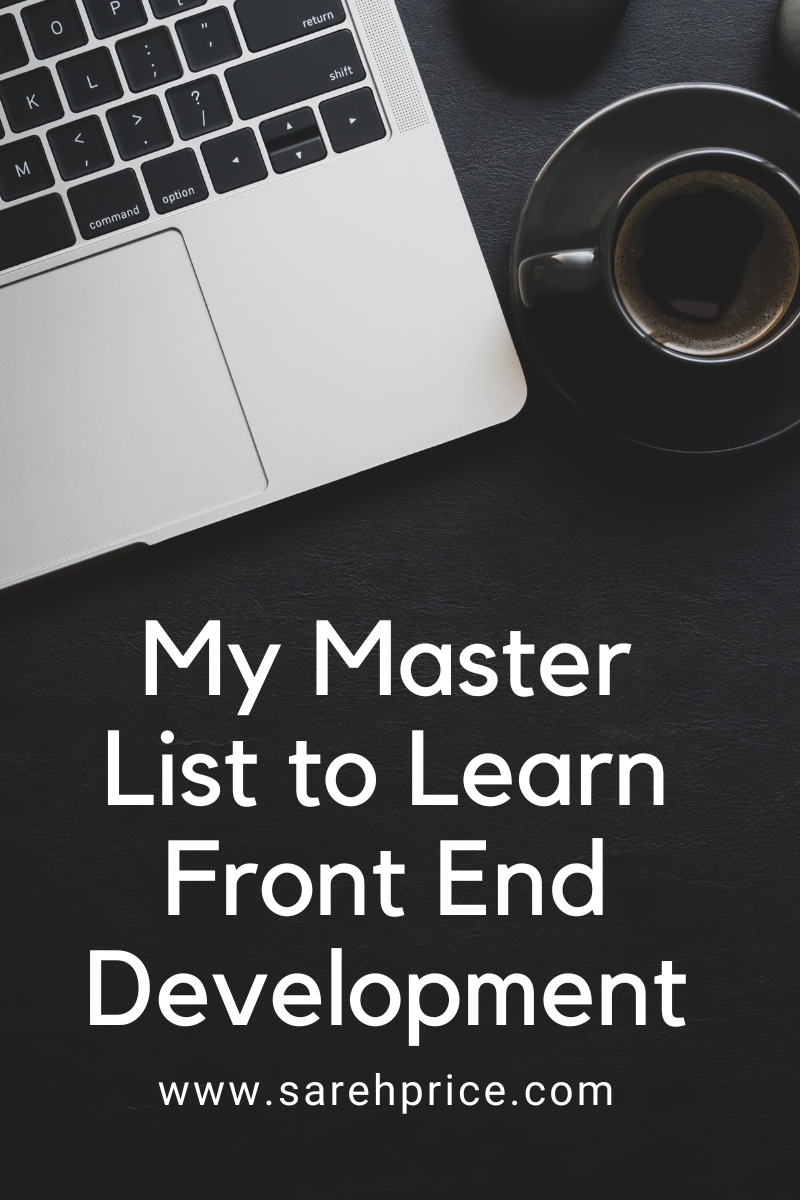How I create a fantasy map by hand
So I've created a this post to help you draw your own fantasy map by hand for your story or role playing needs. You can do this in any step you want and make it as simple or complex as you desire. I've shown a picture tutorial and then below an outline of step to follow in any order if you want. I've also left in resources at the end for more help.
I might do a couple other mapping tutorials to show you how to draw cities and how to draw a map on the computer. But for now, this is a nice way for the beginner to start.
Tools:
Pencil
Pen
Blank paper
Tracing paper
Pen
Pencil sharper
Color pencils (optional)
You might also like: A Look at Fun Japanese Maps to gain some inspiration for your own fantasy maps.
Pre-Drawing:
Before you start drawing, it helps to do some research into geography. For example, which way rivers flow, where you commonly find plains, tundra, deserts, etc. Of course, if you're making a fantasy map, you can do whatever you want, but otherwise, it helps to do a little research.
You'll also want to know where people normally live (for example, by rivers and forests) and how that area and its climate affects their culture (maybe if they live in the desert, they ride camels instead of horses or if they live near a lot of rivers, they might have a lot of different water gods). Or maybe looking into where people strategically place forts and borders.
And finally, if you have already written your story or whatever, go through and make a list of places they've traveled to and from, the scenery and landscapes, and anything else you want to include in your maps.
Step 1: Start by drawing out a really simple outline. I always start off with pencil first and then later trace my drawing over on another sheet with pen. A lot of fantasy map making is based on intuition so just draw whatever feels right. Make some sketches if you're unsure of what you want your map to look like before you start drawing.
Step 2: I find its easier to start by filling in with mountains and lakes first because those are usually big, important parts of land masses as they can be natural borders to countries and affect the way people interact with each other and get around. For this tutorial, I've done some basic, common shapes for my land masses, but if you want study some cartography and other fantasy maps to see how to draw more detailed maps. There's no right or wrong way to draw them, as long as you know what they stand for. You can also draw as many or as little as you want to, I've seen some people draw a few trees to make a forest and other people draw a lot.
Step 3: Next I find its easier to go with rivers since rivers tend to flow from mountains or from lakes and drain towards the ocean. And a lot of cities are based near rivers (or at least, that's where I tend to put mine for easy water transportation and drinking water).
Step 4: After that I like to add in my forests and other areas of vegetation. I usually leave my plains, meadows, deserts, etc, blank and write in the names of it instead so I know what it is.
Step 5: Add in names of major land areas. Since the country I'm working on here is based off of China and shape-shifting dragons, I tried to research some names that would work. For example, Dragonstone Meadows and Hongsu (apparently meaning "great plains").
Step 6: Think of where you want to place your towns, cities, forts, temples, etc. I used a basic black circle to represent my towns and cities and then a star to represent the capital. Some people actually draw in miniature towns or just a building of sorts to represent it.
Step 7: Label your cities and towns and forts and other landmarks or places. I already started in the previous picture, but I finished naming them here.
Step 8: Add in your coastal lines and other watermarks. I like to just trace my continent and use wavy lines in my lakes to represent those (I chose not to do it here though on this map). Some people I've see instead use lines radiating out from the continent to represent shore lines. You can also draw in a ship here or sea creatures if you so desire.
Step 9: Add a key to make sure people browsing your map knows what is what. You can always add in compass roses here if you so desire. For mine, I just used a simple N and an arrow to give viewers an idea. You can make your compasses as detailed or simple as you want.
Step 10: If you want, you can now trace over your map with pen and then take a piece of tracing paper or really thin sheets of paper and trace it over. That way you'll have a nice, clean version if you're done. Or if you don't want to trace it over again, now you can scan it into the computer. Once you've decided on what you want to do, you can color it in if you want. I usually don't color in mine, but you can.
(My map with a thin sheet of paper over on top to trace it over with later)
How to draw a fiction map- outline
The following steps are all optional and might involve more research and studying than what you really want to do. There's no right way to create your map, so feel free to pick and choose what works for you and your story.
Research
Learn about Geography
Learn about the environment
Learn about the Climate
Learn about Cartography
Study Real Maps
Study Fictional Maps
The Basics
Know your story and world
Decide what kind of map (Continent, country, or focus point)
Imagine a how you want your map to look like
Draw a basic shape or outline
Add major features (Straits, deltas, harbors, gulfs, beaches, capes, peniasulas, etc)
Geographical Details
Decide Symbols (What you're going to use for forests, mountains, etc)
Decide your climate
Decide what kind of features will be in your map (aka, what does the story need?)
Draw mountains, forests, swamps, etc.
Add lakes and rivers
Countries, borders, cities, and places
Learn about your people
Learn how borders are formed and why they are put where they are
Add borders
Learn why and where cities are built
Add capitals, cities, towns, etc
Add landmarks and important places
Add roads, bridges, etc.
Finishing Touches
Add coastal lines and outlines
Add a key, compass, and a scale
Add latitude and longitude lines
Add names
Add name of the cartographer and the date the map was produced (in accordance with your book) (Optional)
Trace over with pen and tracing paper for a nice clean version.
Color (Optional)
Digitize (either via Photoshop or some other editing tool) (Optional)




















